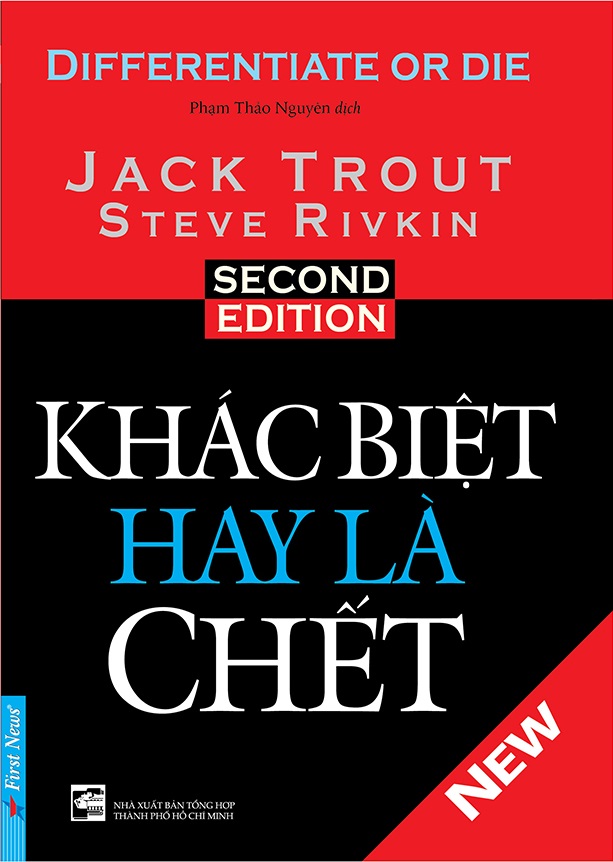What do you think?
Rate this book


A disciple of the marketing guru Rosser Reeves, who introduced the concept of the "unique selling proposition," Trout relays his vision of what can help you differentiate in blunt, tell-it-like-it-is prose. First he breaks the bad news that product quality, advertising creativity, price advantage, and breadth of product line are rarely successful ways to differentiate your business. Consumers expect the best quality, he says; they don't think it's a bonus. In the same vein, your competitor can slash prices just as quickly as you. After dismissing these common marketing techniques as futile, Trout concentrates on which differentiating ideas will set you apart from the pack: Being first (and staying there), owning a discernible attribute, having a heritage, becoming the preference of a particular consumer group, or even being the most recent arrival in a product arena are just some of these useful differentiates. Though the book's fast and quippy narrative style may leave some readers looking for more substance behind his adamant assertions, Trout's recommendations act as inspirational spurts of energy. A slim manual packed with punchy points, Differentiate or Die won't take you long to read but could make a lasting--you guessed it--difference to the success of your business. --S. Ketchum
Unknown Binding